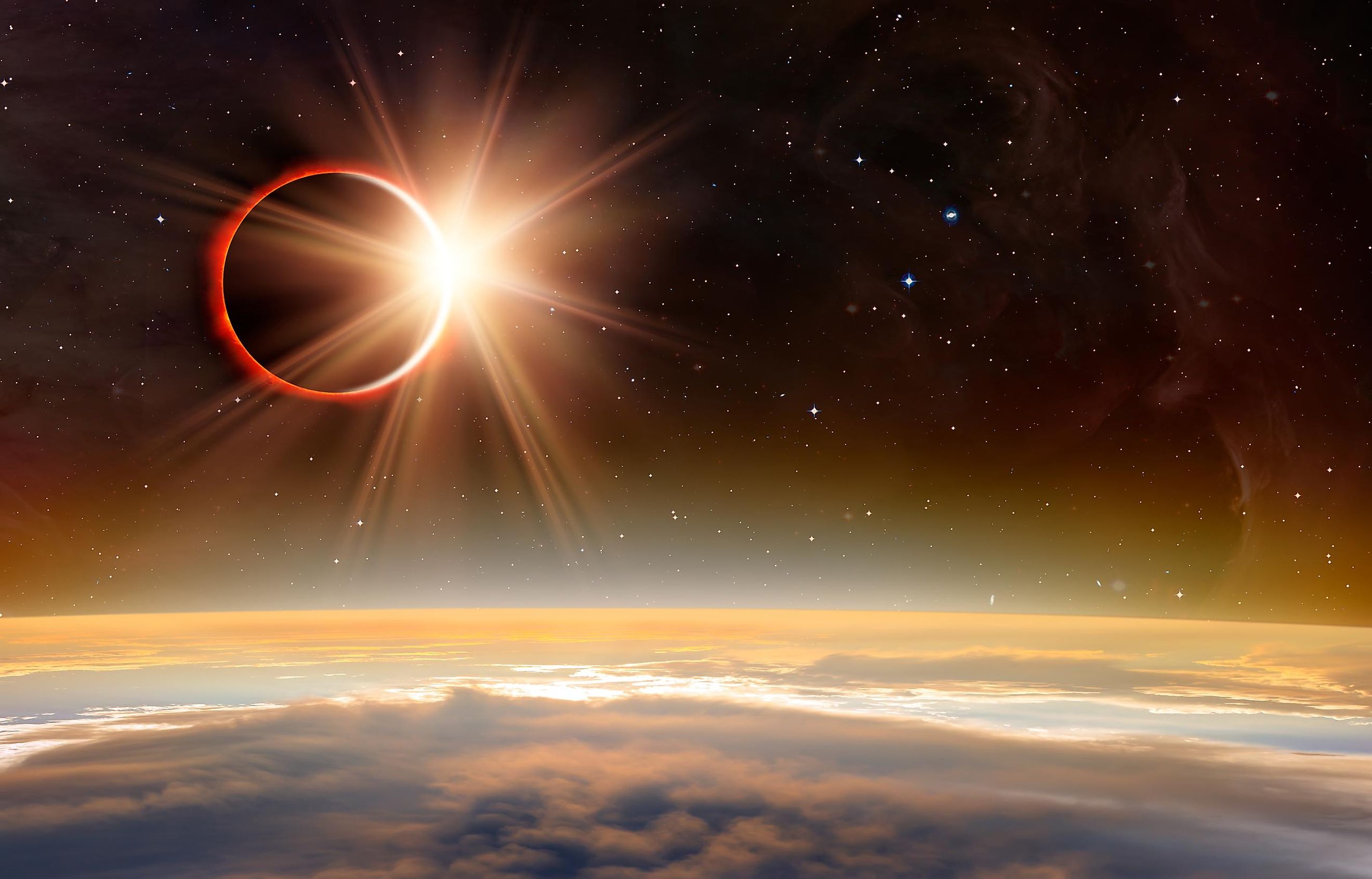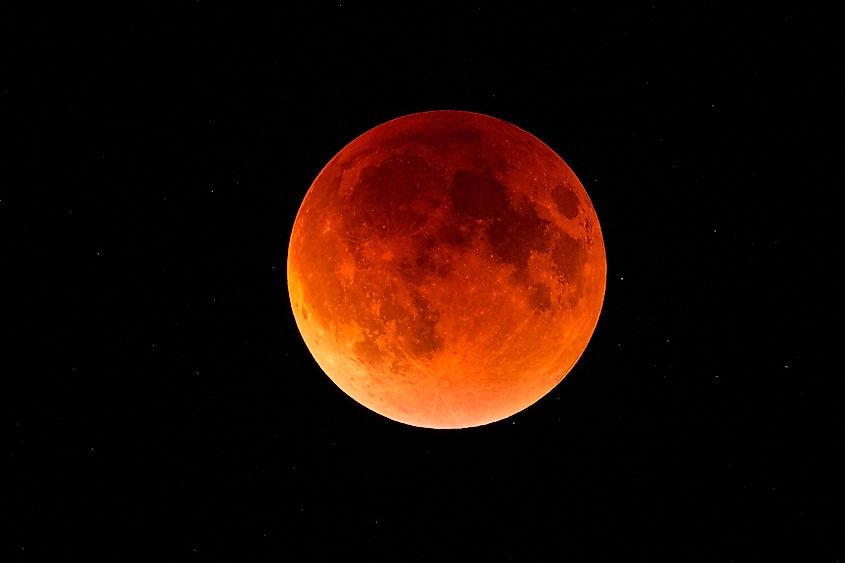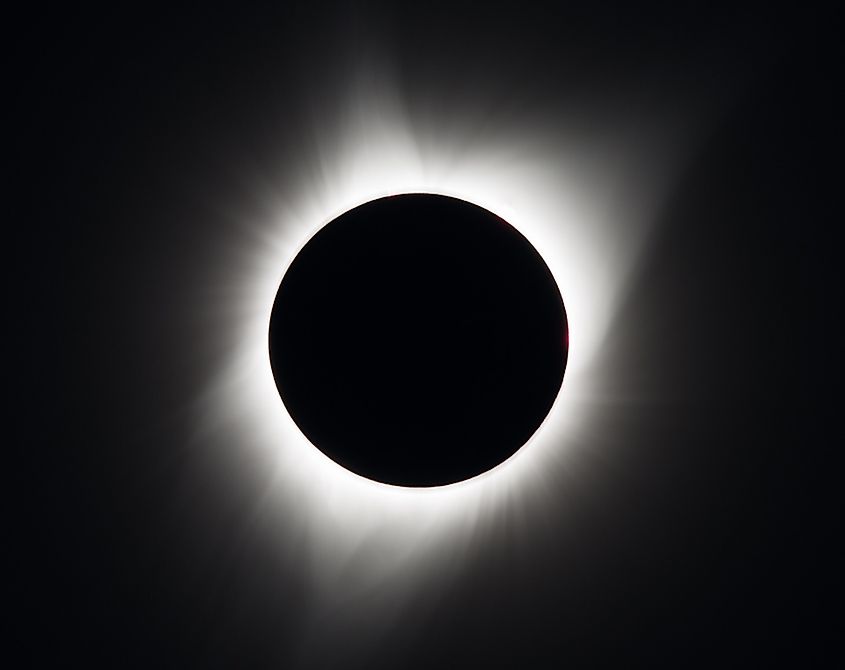
Lunar Eclipse vs Solar Eclipse: What’s The Difference?
Here on Earth, we can observe two different kinds of eclipses: a lunar eclipse or a solar eclipse. Both types of eclipse involve the Earth, moon, and sun, yet they are different from each other. A lunar eclipse occurs when the Earth happens to be located between the moon and sun, causing the Earth’s shadow to be cast upon the surface of the moon. Meanwhile, a solar eclipse occurs when the moon is located between the Earth and the sun, causing the moon to cast its shadow upon the Earth’s surface.
Lunar Eclipse

Lunar eclipses are a fairly common occurrence, and on average there are two every single year, yet some years there can be as many as four or five. A lunar eclipse occurs when a full moon, Earth, and the sun all happen to align with one another, with the Earth located directly between the other two. This causes sunlight to cast Earth’s shadow on the moon, which can be viewed from any location on the night side of our planet. Interestingly, lunar eclipses generally result in the moon appearing red or orange. The reason for this is due to less sunlight being reflected off the moon’s surface and the scattering of light in our atmosphere. In fact, the moon appears red during a lunar eclipse for the very same reason that sunsets appear red. Unlike solar eclipses, a lunar eclipse can be viewed safely during the entire eclipse, which generally lasts up to two hours.
Solar Eclipse

Total solar eclipses are more rare than their lunar counterparts, yet they occur more often than one might think. It is also important to note that solar eclipses can either be a total solar eclipse or a partial solar eclipse. A total solar eclipse is when the moon passes in front of the sun and completely blocks its light, while a partial solar eclipse is when only part of the moon passes in front of the sun. Partial solar eclipses occur about as often as lunar eclipses, around two a year. Total solar eclipses, however, occur once every couple years, yet that number changes for specific locations. Certain regions on Earth’s surface can go hundreds to thousands of years without ever experiencing a total solar eclipse, and so their rarity is dependent upon your location.
Like a lunar eclipse, a solar eclipse occurs when the Earth, moon, and sun happen to align with one another. During a lunar eclipse, it is the Earth that is located between the moon and sun. During a solar eclipse, however, it is the moon that is located between the Earth and sun. Thus, a solar eclipse is when the moon casts its shadow upon the Earth’s surface. Unlike a lunar eclipse, which can be viewed anywhere on Earth’s night side, a solar eclipse can only be viewed within a very small region. While lunar eclipses can last up to two hours, a total solar eclipse will only last a few minutes. Furthermore, while lunar eclipses are safe to look at, a solar eclipse should only ever be viewed with safety equipment, such as glasses or telescopes specifically designed to look at the sun without inflicting any damage on the human eye.











